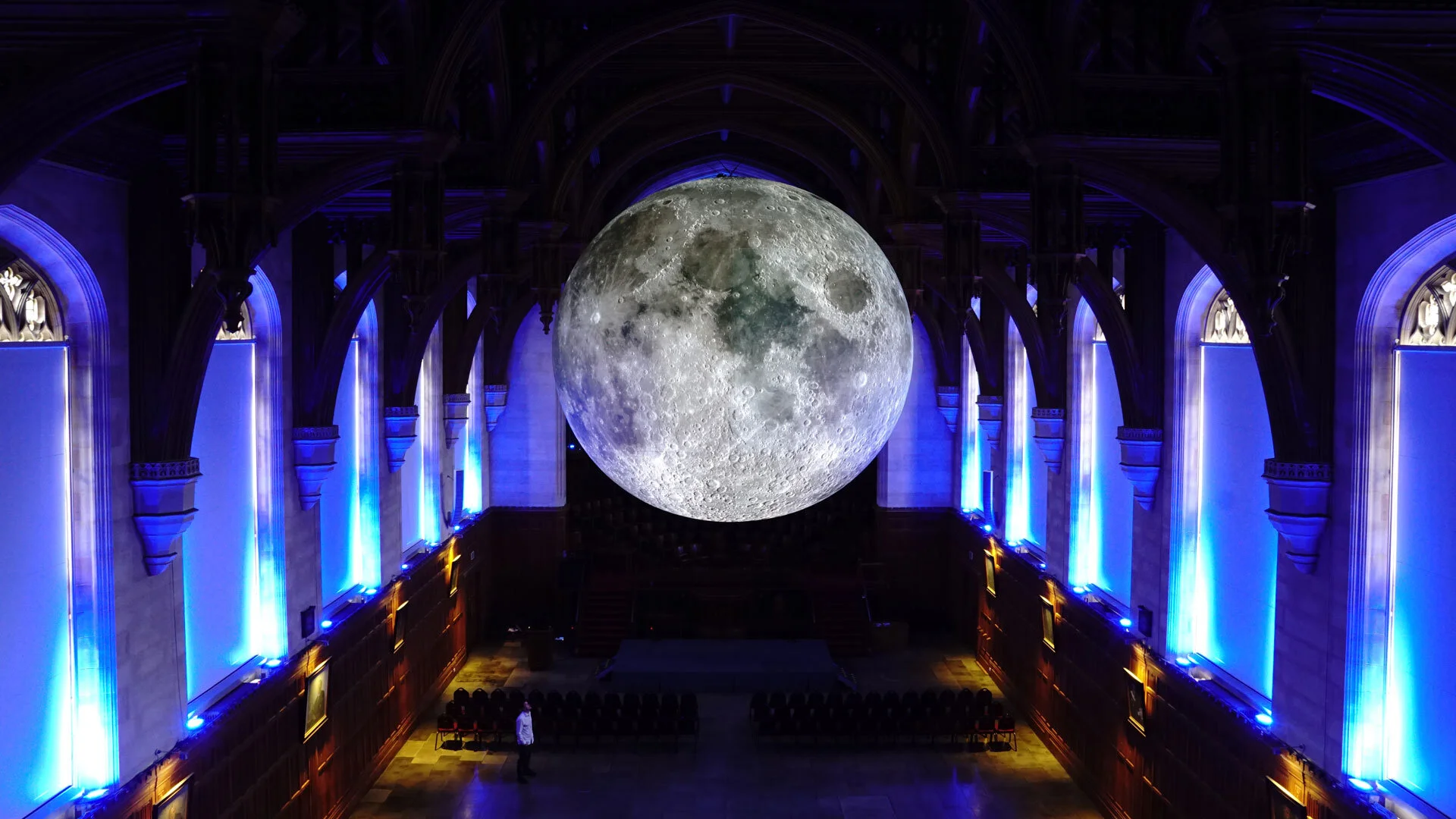When someone eats your last Rolo, you feel a totally disproportionate sense of loss. It’s not about the chocolate. It’s about the gap. The narrative was broken.
So, we became wired not just for survival, but for pattern and narrative. We became restless, creative creatures—itchy with the need to make meaning. We drew patterns in the dirt, scratched stories on cave walls, and eventually, designed complex systems, cities, and even shoes that glow in the dark. All of this because our brains, forever uncomfortable with uncertainty, keep asking, What happens next?























